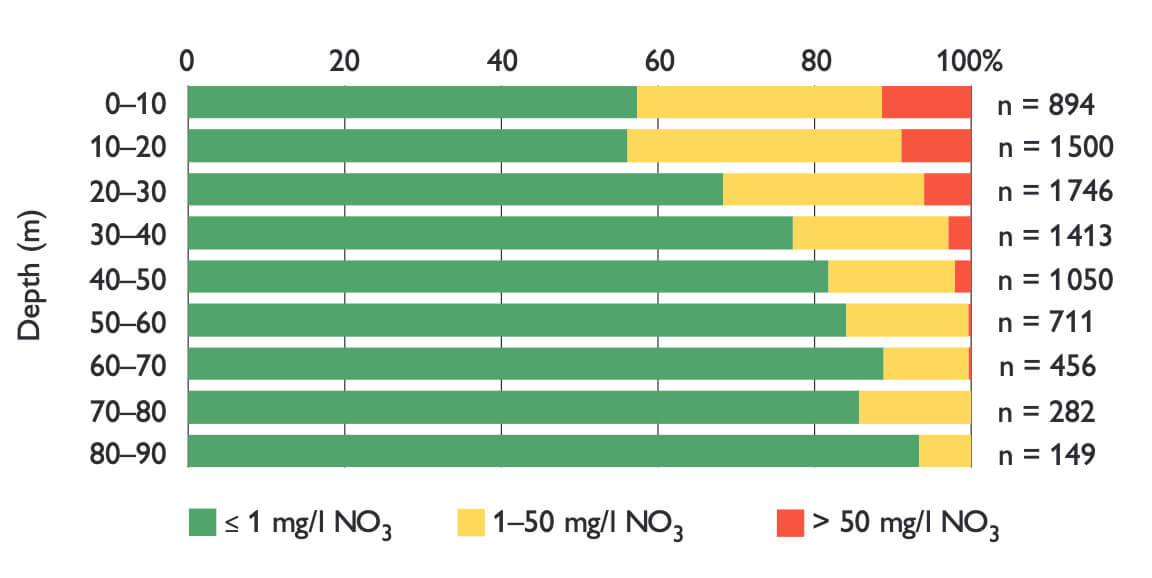
How to Cite
Share
Abstract
As the drinking water supply in Denmark is totally based on groundwater, monitoring of the groundwater quality is extremely important to the Danish community. With more than 62% of the total land area under agricultural use the Danish Government has determined that the entire area is vulnerable to nitrate polution, and therefore the groundwater monitoring programme should cover the entire country. The Danish groundwater monitoring programme comprises water supply well monitoring, the groundwater monitoring network and agricultural watershed monitoring (Figs 1, 2) and is described on www.groundwater.dk. The programme is part of the National Action Programme for the Water Environment and Nature, NOVANA (Svendsen & Norup 2004; Svendsen et al. 2005). Groundwater quality monitoring is carried out on the basis of data from approximately 6200 public water supply wells. Furthermore, a detailed analytical programme is carried out on 1415 well screens from the monitoring network comprising 70 catchment areas, and on 100 shallow screens from the five agricultural watersheds (Svendsen et al. 2005). The detailed quality monitoring includes analyses for 97 chemical elements, comprising 26 main elements, 14 heavy metals, 23 organic micro-pollutants and 34 pesticides and metabolites.
How to Cite
Share
Downloads
Editors: Martin Sønderholm & A.K. Higgins
The Review of Survey activities presents a selection of 18 papers reflecting the wide spectrum of activities of the Geological Survey of Denmark and Greenland, from the microbial to the plate tectonic level.
Activities in Denmark: The Survey's activities in Denmark are documented by 11 papers. The main themes [...]










